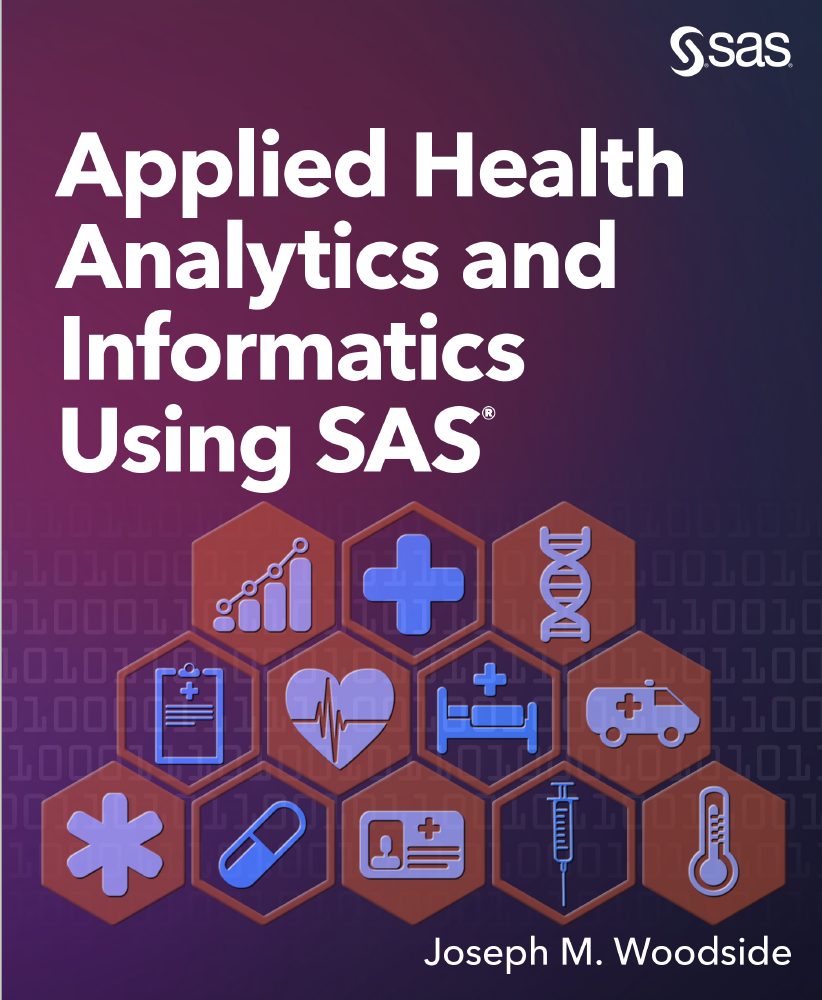 Digital disruption describes the effects caused by digital technologies and business models to the value proposition of existing goods and services. Digital disruption has perhaps the greatest potential to change markets more quickly than any other historical force and by 2020 up to 40% of incumbent businesses are expected to be displaced by digital disruption. In healthcare it represents nearly $9 trillion in potential value, and digital disruption is already occurring in several avenues of healthcare. While nearly all of organizations claim to have a digital disruption strategy in place, the reality is that the exponential pace of change has created a capabilities gap within organizations.
Digital disruption describes the effects caused by digital technologies and business models to the value proposition of existing goods and services. Digital disruption has perhaps the greatest potential to change markets more quickly than any other historical force and by 2020 up to 40% of incumbent businesses are expected to be displaced by digital disruption. In healthcare it represents nearly $9 trillion in potential value, and digital disruption is already occurring in several avenues of healthcare. While nearly all of organizations claim to have a digital disruption strategy in place, the reality is that the exponential pace of change has created a capabilities gap within organizations.
Eras of Transformation in Healthcare:
Several decades ago, the healthcare industry began its digital transformation through the introduction of electronic health records (EHRs). Today, increasing technologies such as gene-sequencing, consumer tracking products, robotics, and analytics promise to make major shifts. These capabilities will enable the next phase of digital transformation in the digital experience era, which enables digitally empowered consumers or patients to integrate experiences across all channels improving content, engagement, and personalization.
Figure: Eras of Transformation in Healthcare
The first wave of digital technology change in healthcare was the adoption of electronic health records (EHRs). This is considered the 1.0 era where providers primarily in the 2000s were adopting EHRs to improve quality and cost of care resulting in value of millions of dollars. The second wave includes social, mobile, analytics, cloud, Internet of Things, and robotics (SMACITR) technologies and the shift to value-based care models primarily in the 2010s. This is considered the 2.0 era where stakeholders were adopting SMACITR technologies, resulting in a savings potential of billions of dollars. The third wave include the digital experience (DX) and transformation of patient care delivery to include digital and non-digital capabilities primarily in the 2020s. This is considered the 3.0 era with trillions of dollars in potential savings and capitalizing on the initial and ongoing investments from prior eras. The experience movement in healthcare emphasizes the notion of the human experience in all beings caring for others, and is embodied in every healthcare interaction in delivering the highest quality of care. The patient experience focuses on a core set of values including accessibility, agility, innovation, inclusivity, and collaboration. These values are also represented in the digital experience in which organizations are able to personalize digital experience solution to empower and engage patients with on-demand accessible information to improve patient outcomes.
In my book, Applied Health Analytics and Informatics Using SAS, I discuss the evolution of digital transformation in healthcare in three eras of 1.) Electronic Health Records, 2.) Digital enablers’ social, mobile, analytics, cloud, Internet of Things, robotics, and 3.) Digital experience, and how these waves are currently changing traditional competition while looking at solutions for being successful in a disruptive market of the digital age within the healthcare industry. Additionally, experiential learning applications of SMACITR datasets are analyzed using SAS to gain additional insights in this new era.







